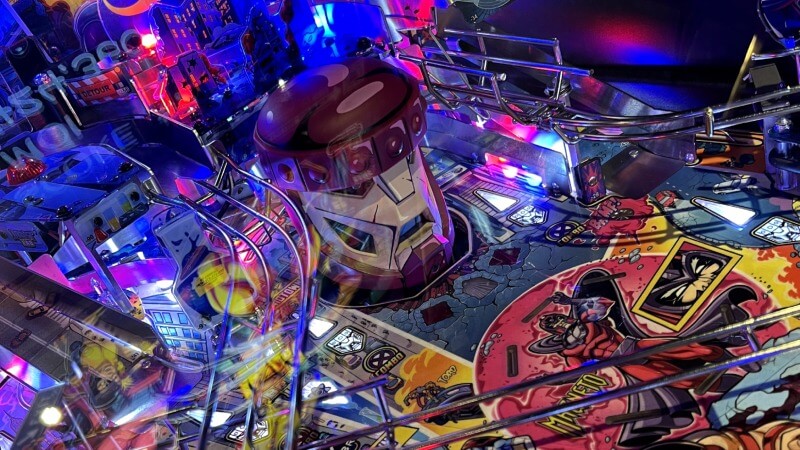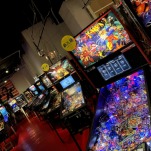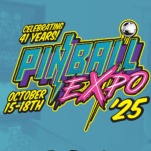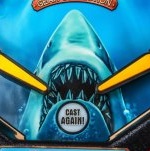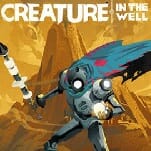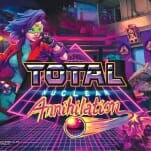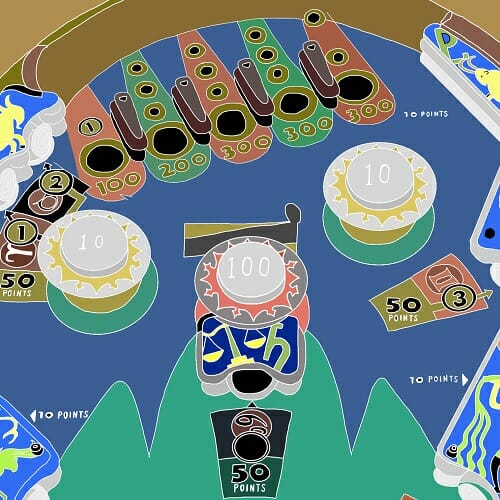Has Pinball Gotten Too High-Tech?
Wandering pinball’s time capsules at Osaka's Silver Ball Planet reveals a game confused about itself
Photos by Diego Nicolás Argüello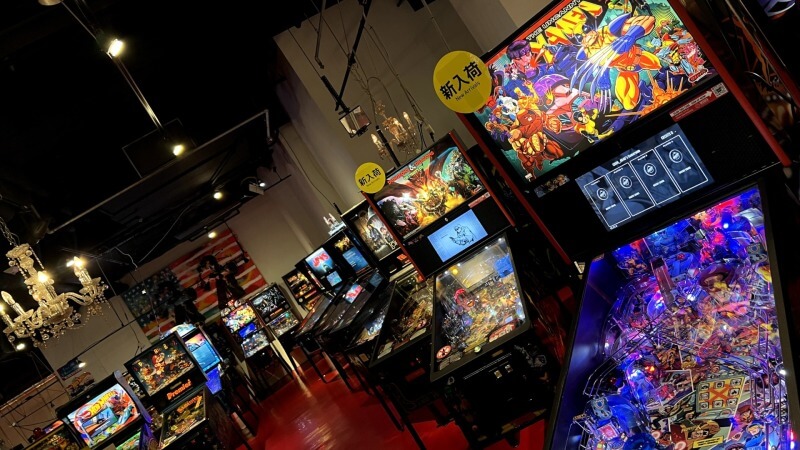
The pinball machines at The Silver Ball Planet are grouped together by themes. This means that, such as the case of X-Men, you sometimes get two tables side to side that represent completely different philosophies and trends pertaining to their times. Such contrast can be quite stark; near the entrance to the arcade, 2012’s X-Men pinball machine represented a modern yet retro depiction of everything I love about pinball. 2024’s Uncanny X-Men, however, was a shocking demonstration of how the passage of time has started to morph the very concept of it.
The Silver Ball Planet is located in Osaka, Japan. It’s a place that’s lived rent free in my mind ever since prolific video game developer Yoko Taro sung its praises during an interview with Archipel ages ago. In order to get to the arcade, you first need to get through the labyrinthine architecture of Shinsaibashi Big Step, a mall located mere six blocks away from the iconic Dotonbori area. The streets surrounding the mall are filled with somewhat touristy thrift stores, but also izakayas with massive signs promoting cheap beer that seem like they’ve been there for decades. In just that small area, the sleaziness of Osaka, a trademark of the city, contrasts the clear intention of Big Step to embrace flashy, modern trends. Staircases and benches have RGB lighting inside of them, making for quite disorienting ups and downs, and the bathrooms have different decorations, from a light blue and white pattern that looks like waves of painting to what feels like stepping inside a gaming PC case, with black walls and thin RGB light paths intersecting it. Even the food options available seem to encapsulate trendy and gentrified vibes with high prices despite the fact that you can find traditional and affordable options in every other corner.
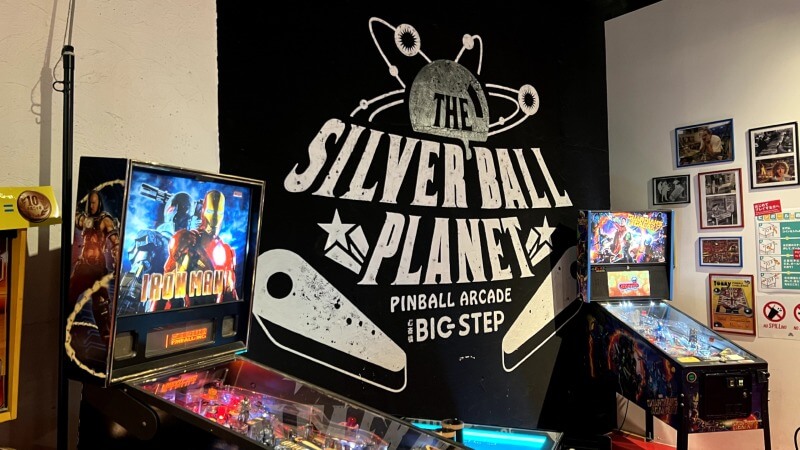
The lead up to the arcade is strangely fitting to the X-Men machines comparison. The older game places all its bets on the playfield, as it should. You find bash toys of Wolverine and Magneto underneath the glass, paired up with old school illustrations of other iconic characters, including a set of villains that stand as the main objectives to tackle. The display is bright red and makes the most out of its pixels to show illustrious yet classy depictions of characters and certain actions. Sounds and music both fit the game perfectly, and there are small touches that add to it, such as Magneto mocking the fact that you’re using “steel” against him when hitting the bash toy with the steel ball. It is the definition of cool, and also maintains what I like the most about pinball in general: the physicality factor, and how each machine responds to your actions.
When I switched over to Uncanny X-Men, the tonal difference was immediately apparent. It has the flashiness of a machine that has been newly released, but the playfield is surprisingly lacking. There’s a bash toy of a Sentinel head that basically carries the whole thing, as the playfield heavily relies on acrylic stand-ins of characters otherwise. The focus, then, seems to be on the display itself, which is something I also noticed from most new machines I tried, from Foo Fighters to John Wick. It’s a massive screen that’s constantly displaying animations, and from where you can select different modes, storylines, and operations. Saying that it feels video game-coded is probably an oversimplification, but it’s not far from it, especially when you can scan a QR code on the table to create a Stern account and track your progress online, achievements included, as well as press buttons on the machine to perform attacks that only happen on the display.
-

-

-

-

-

-

-

-

-

-

-

-

